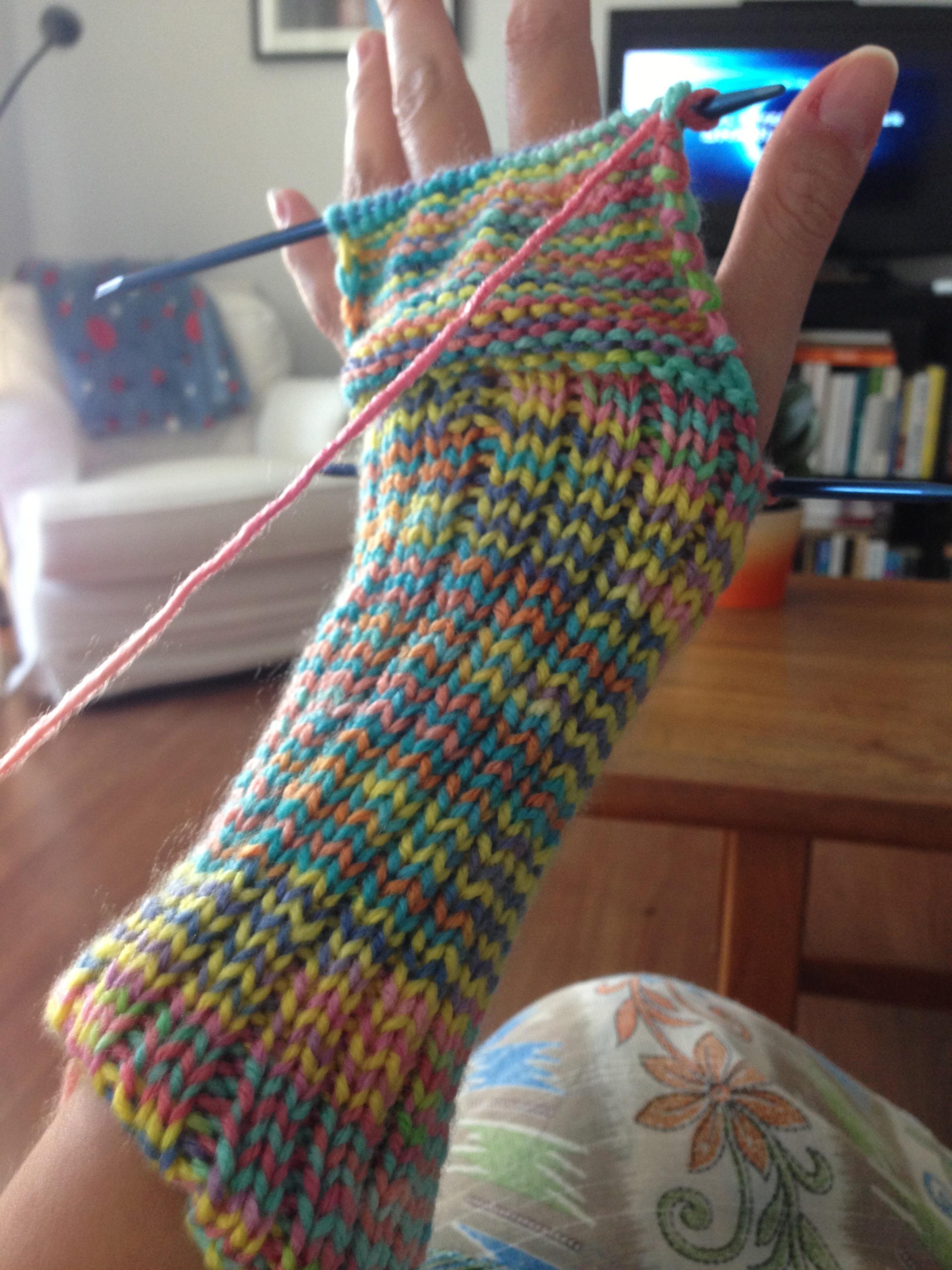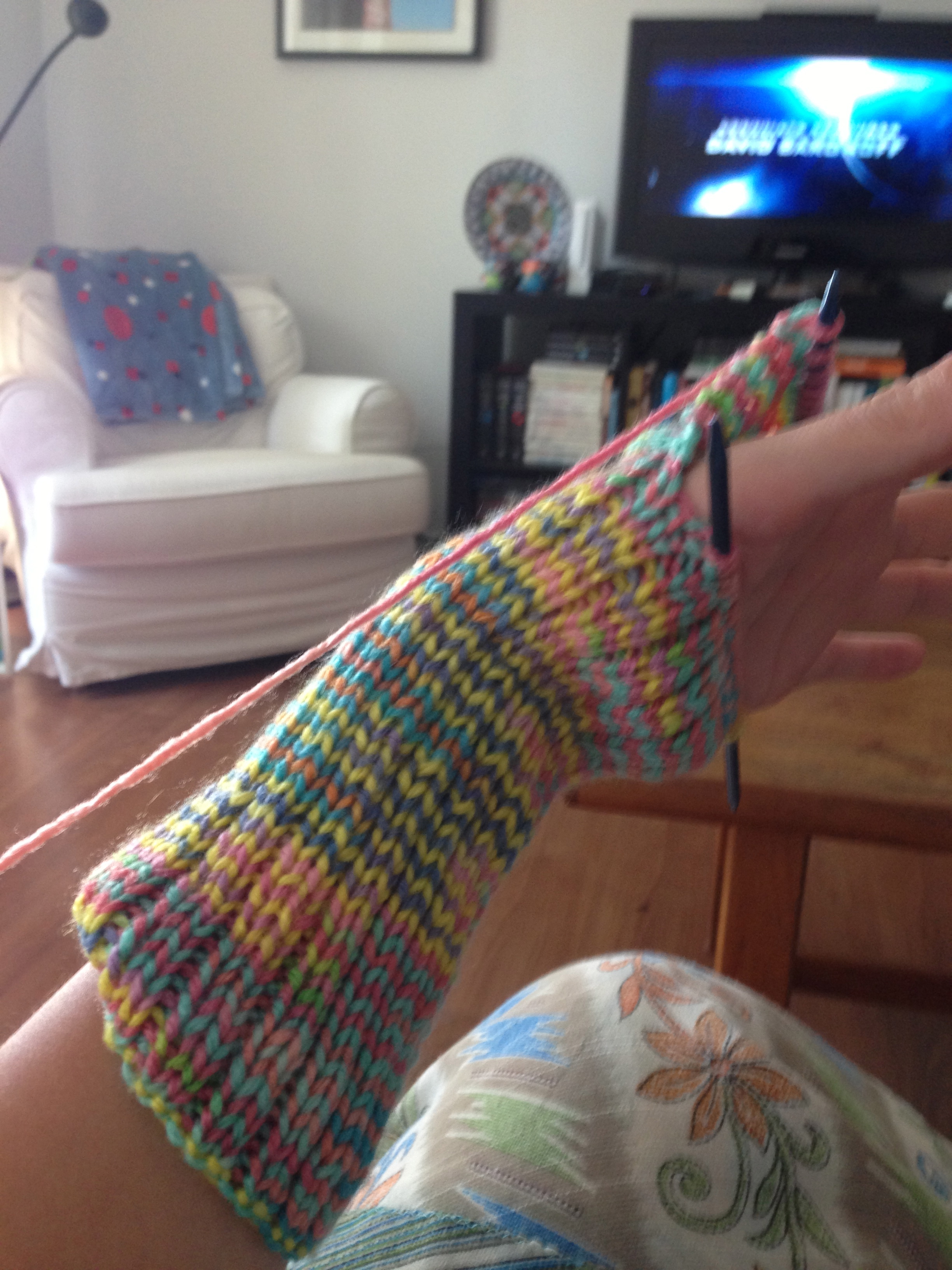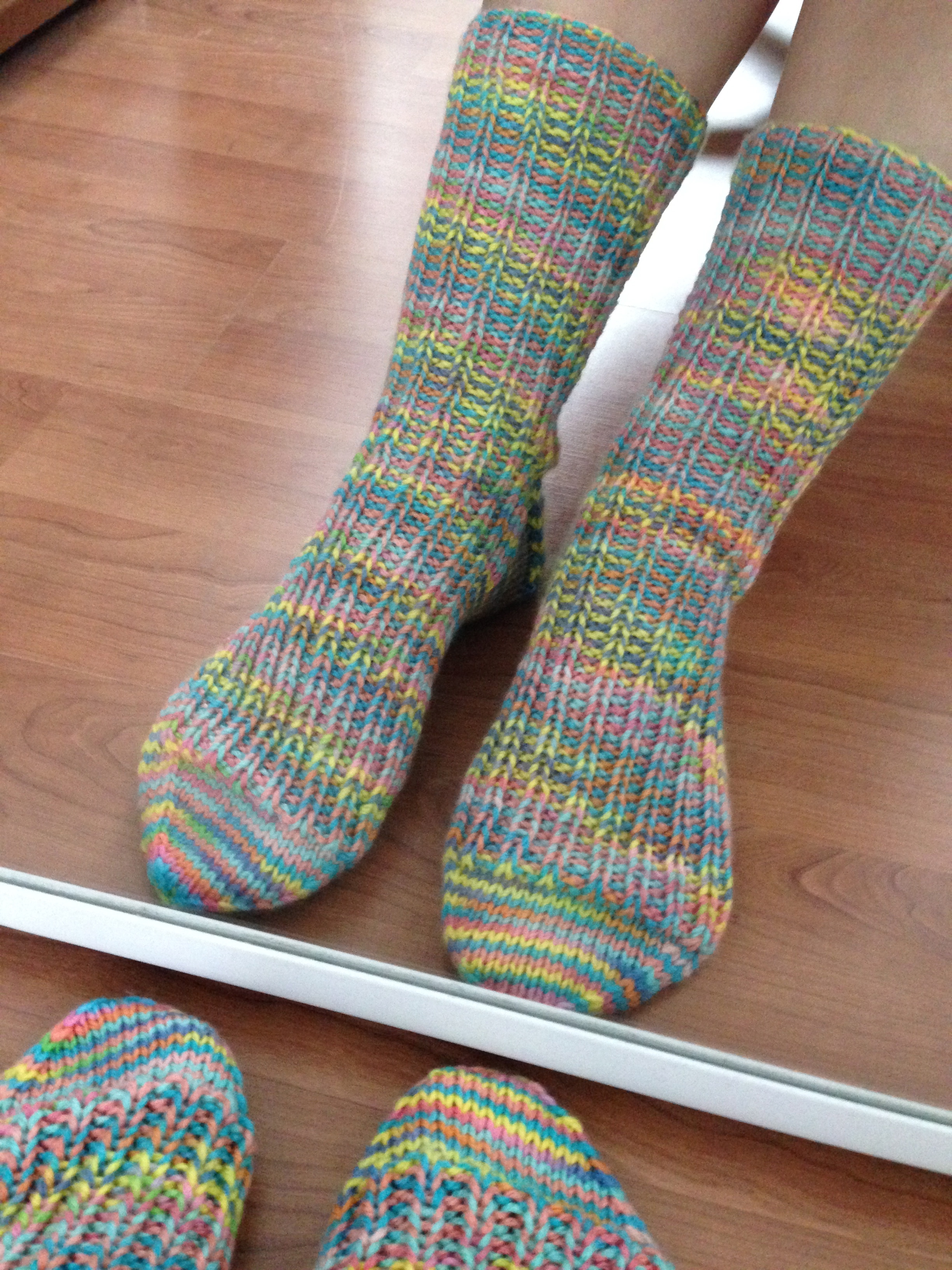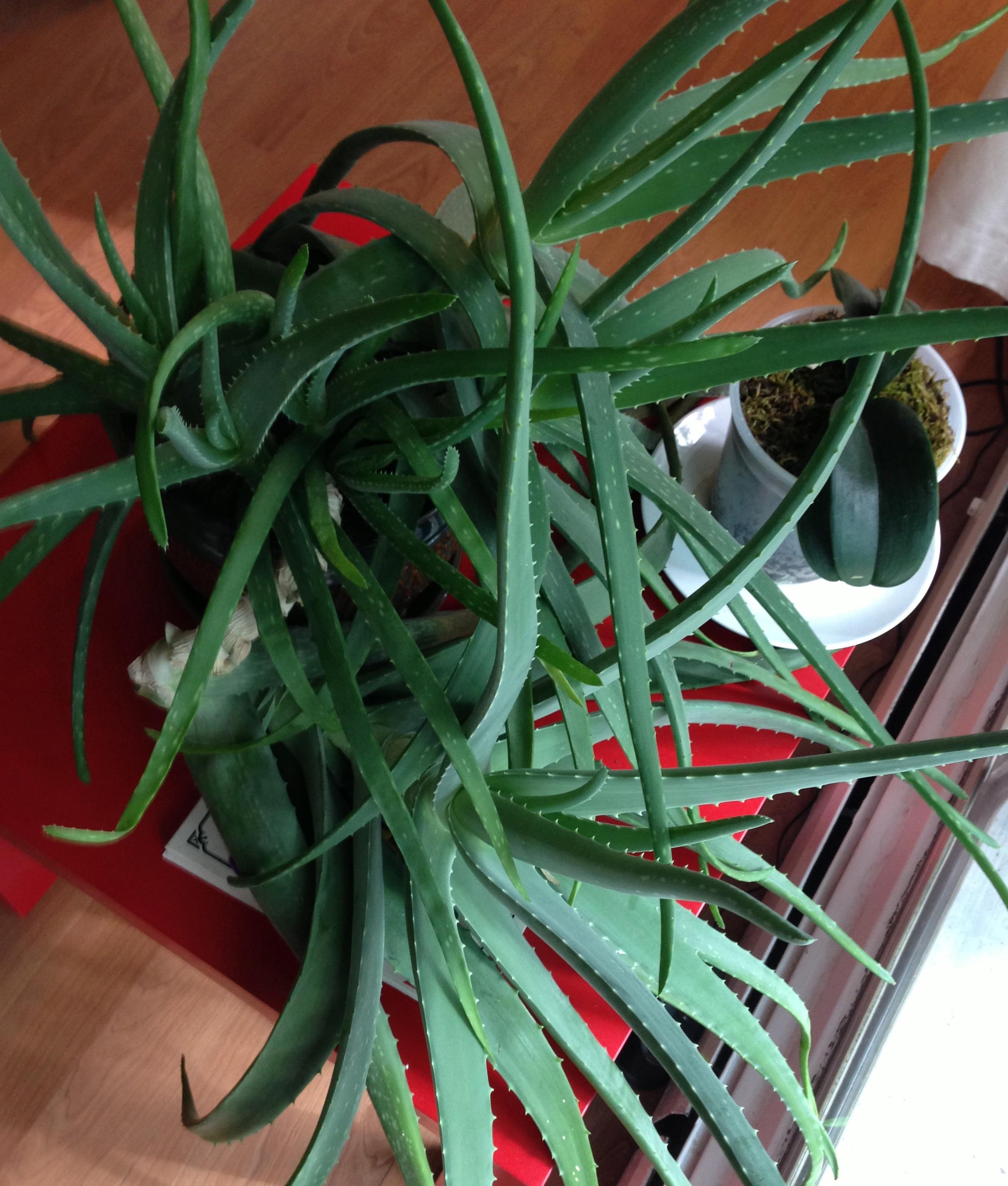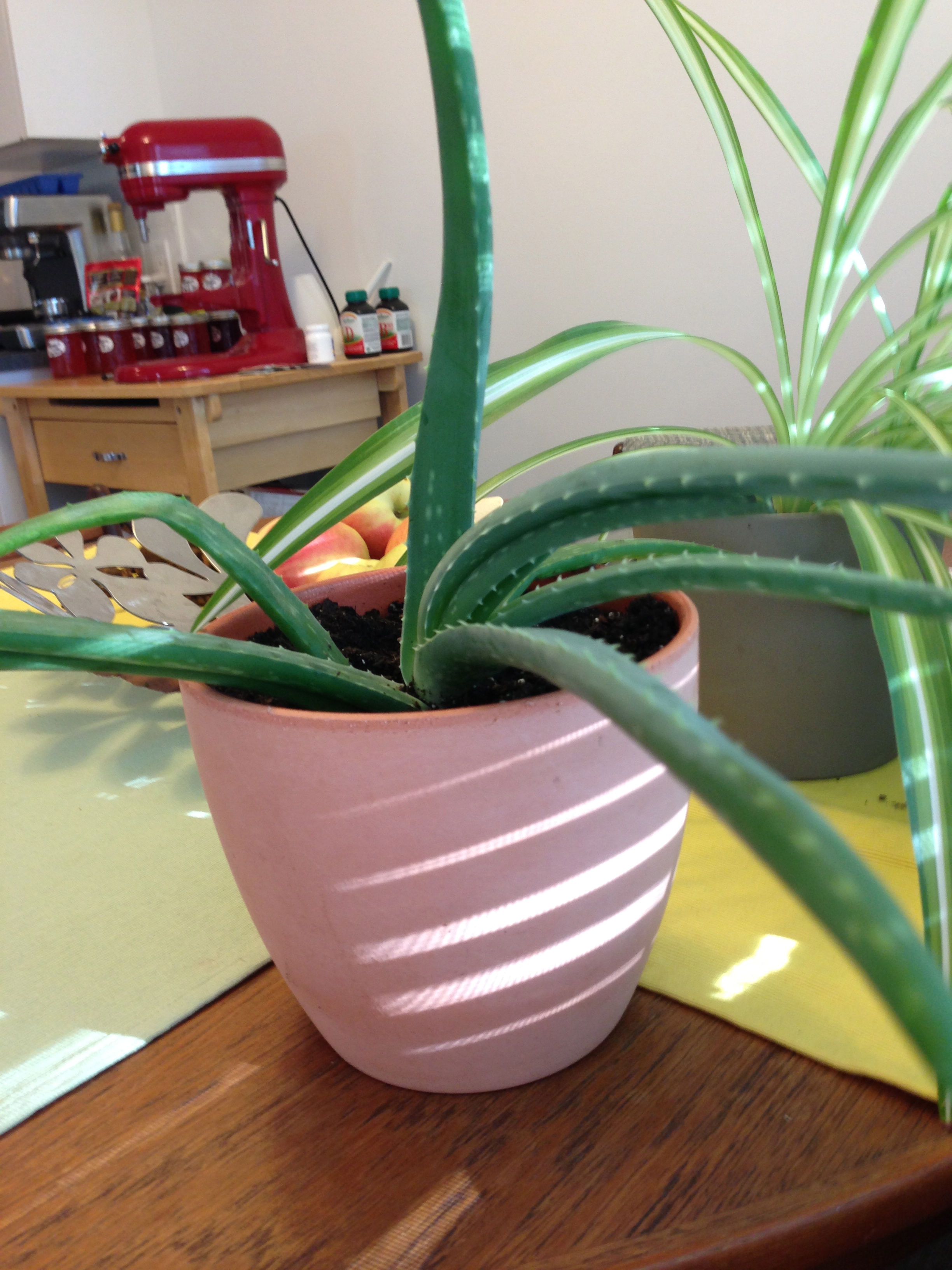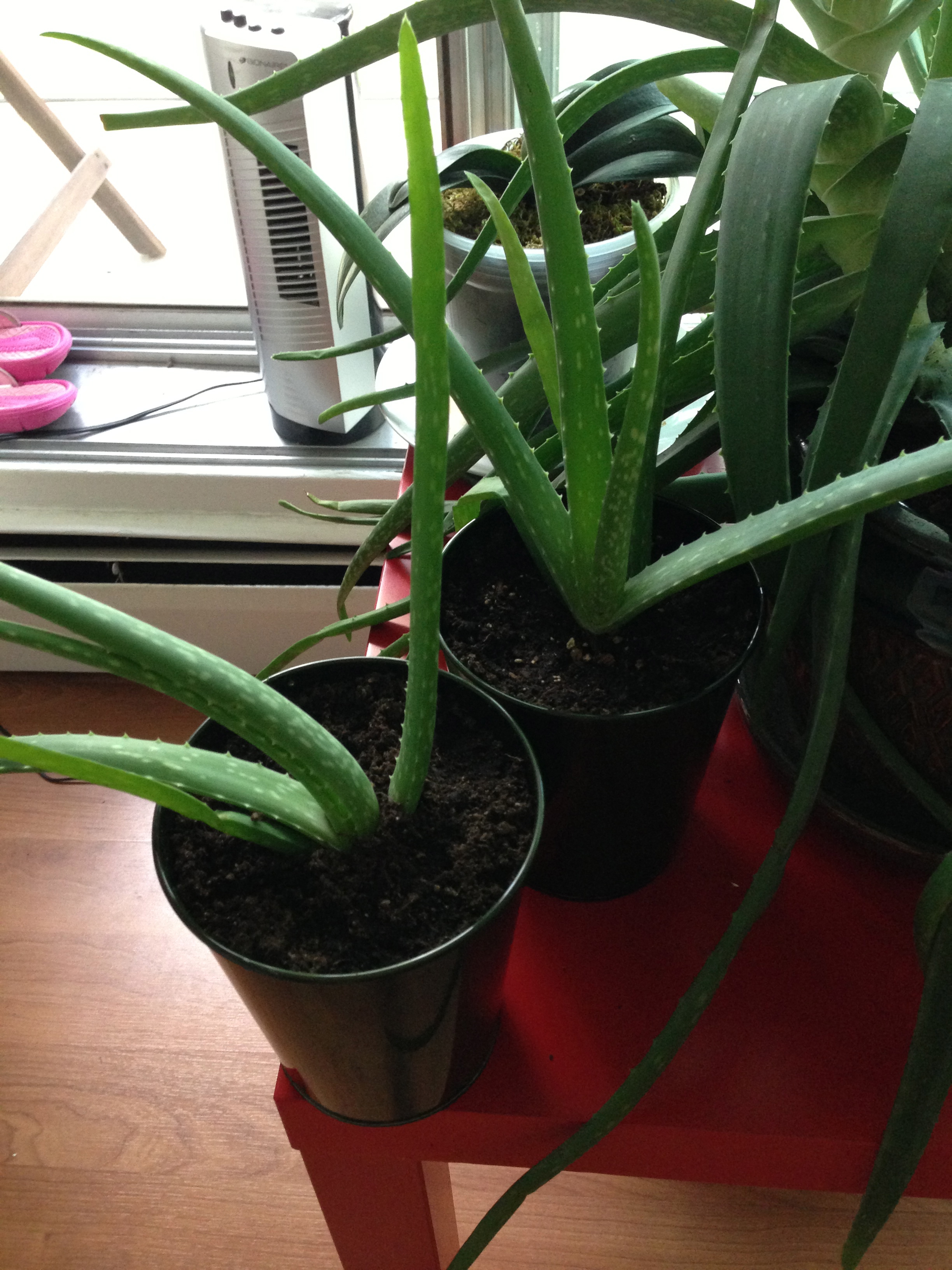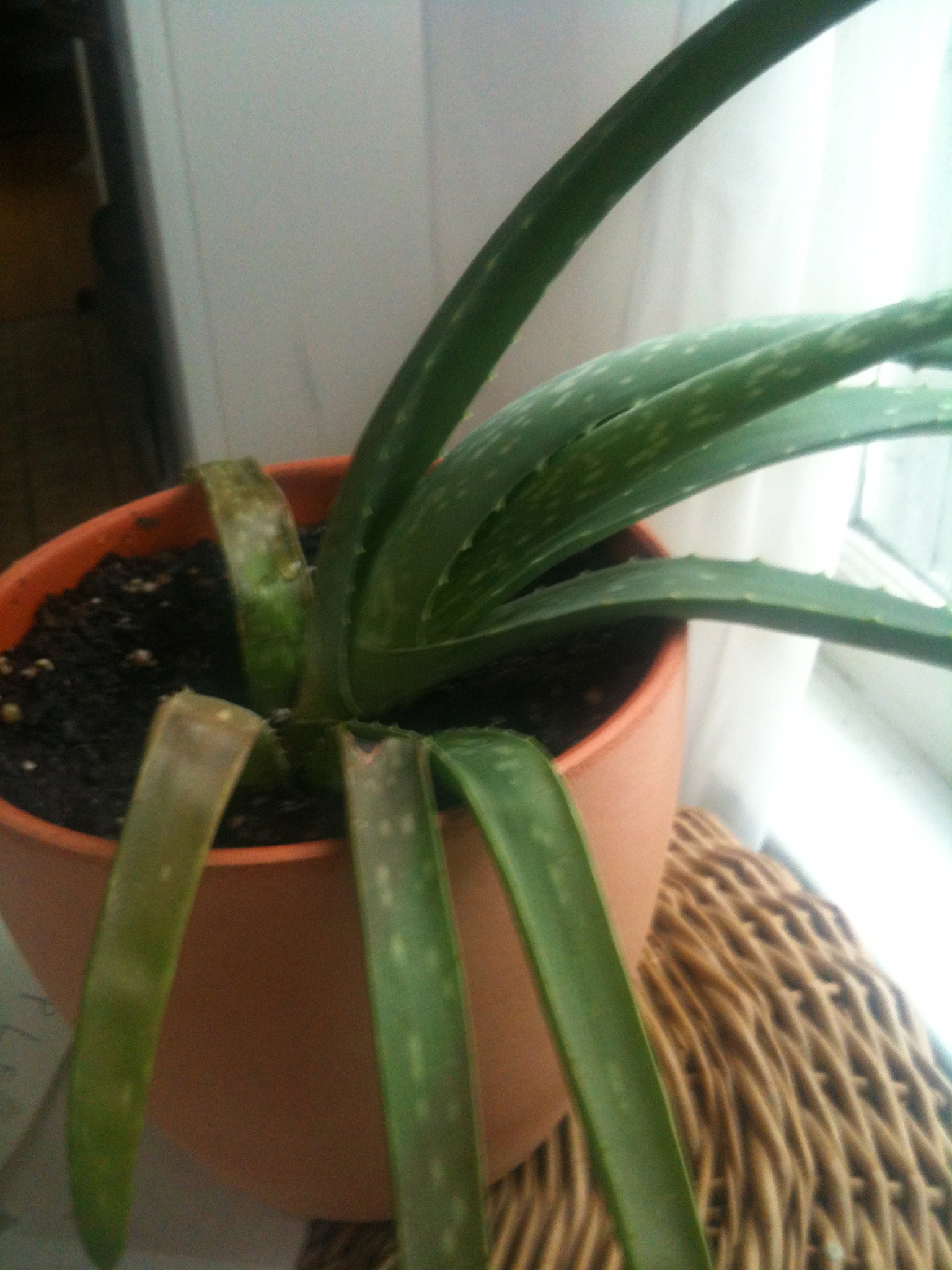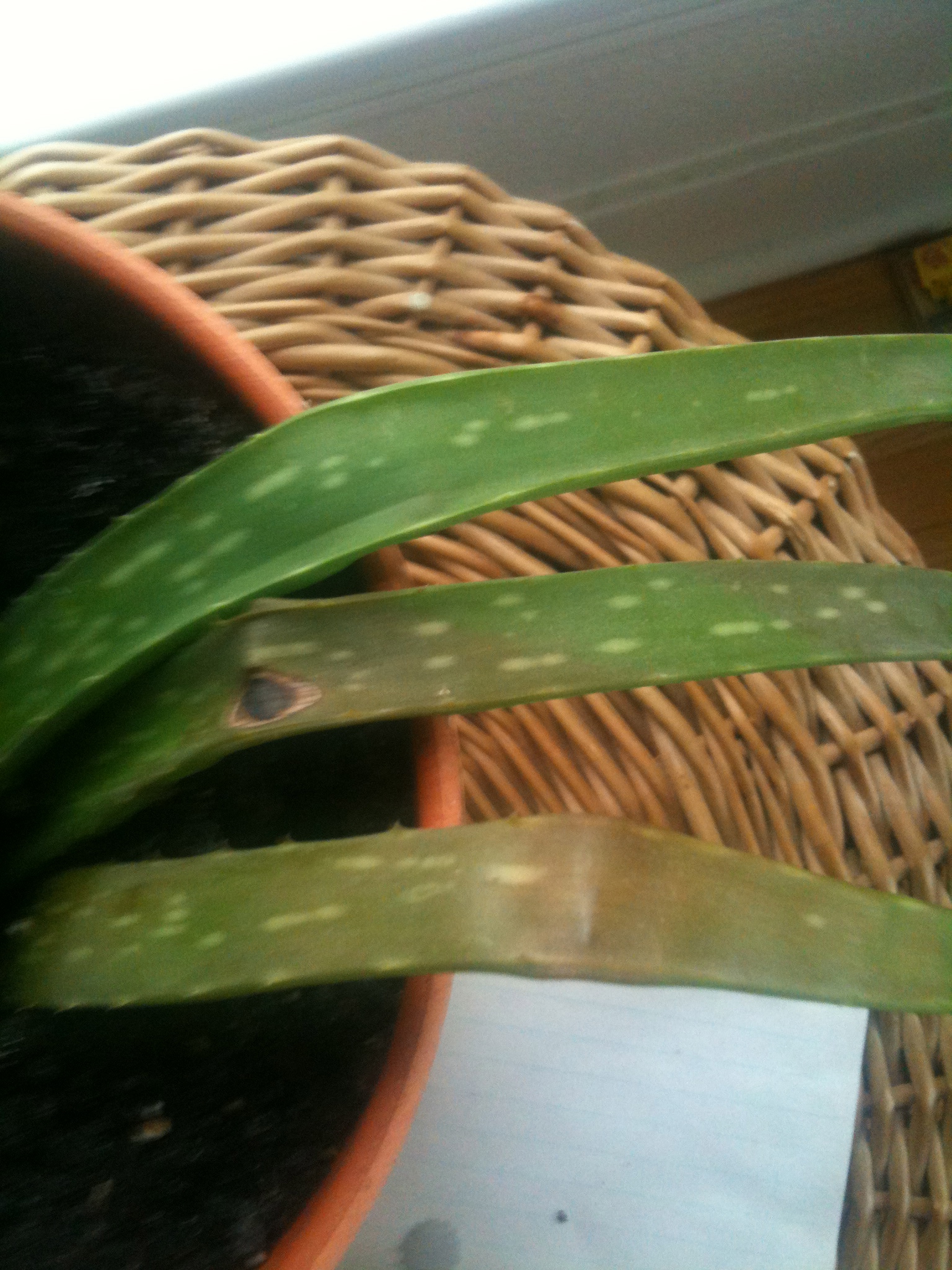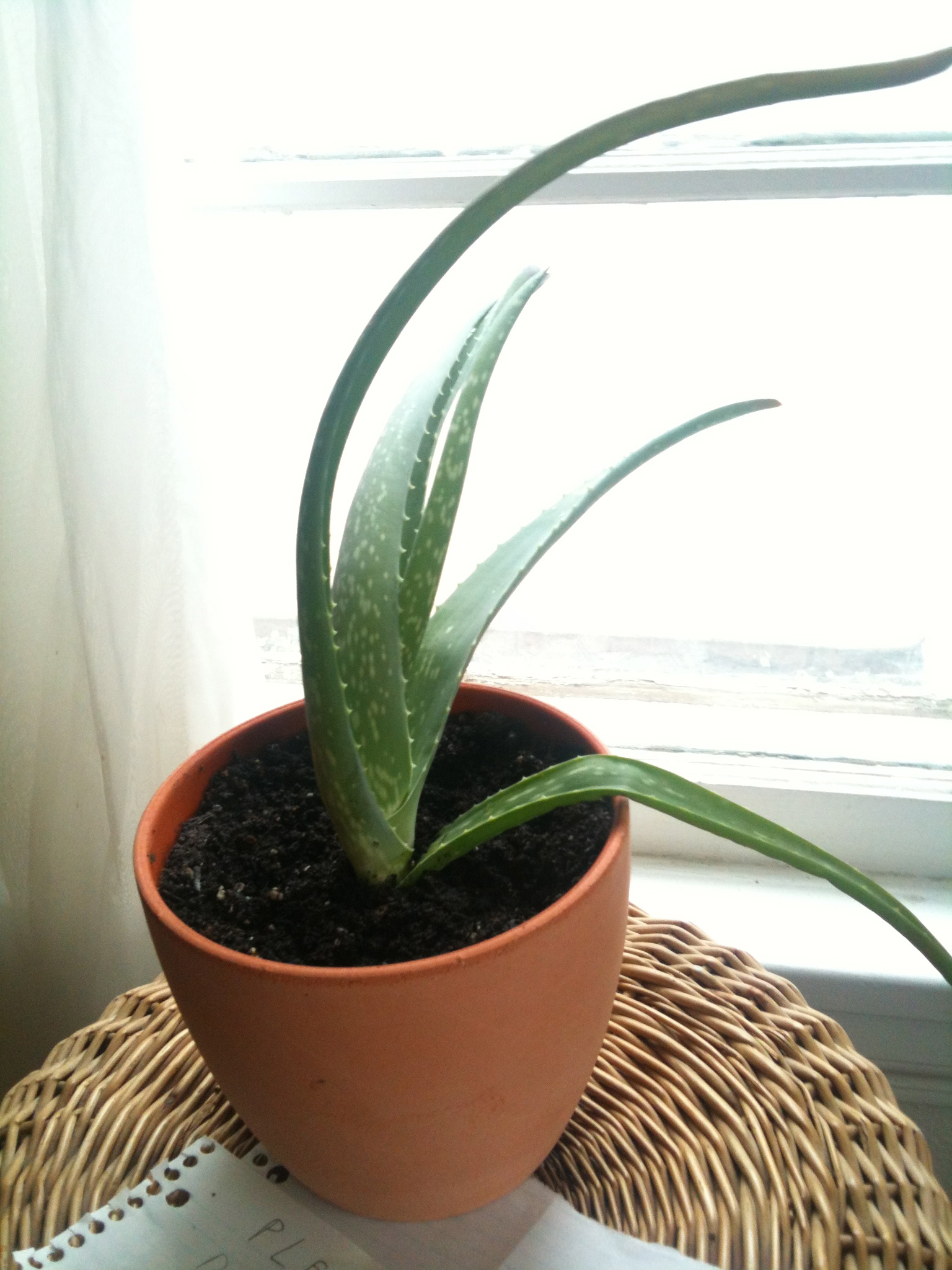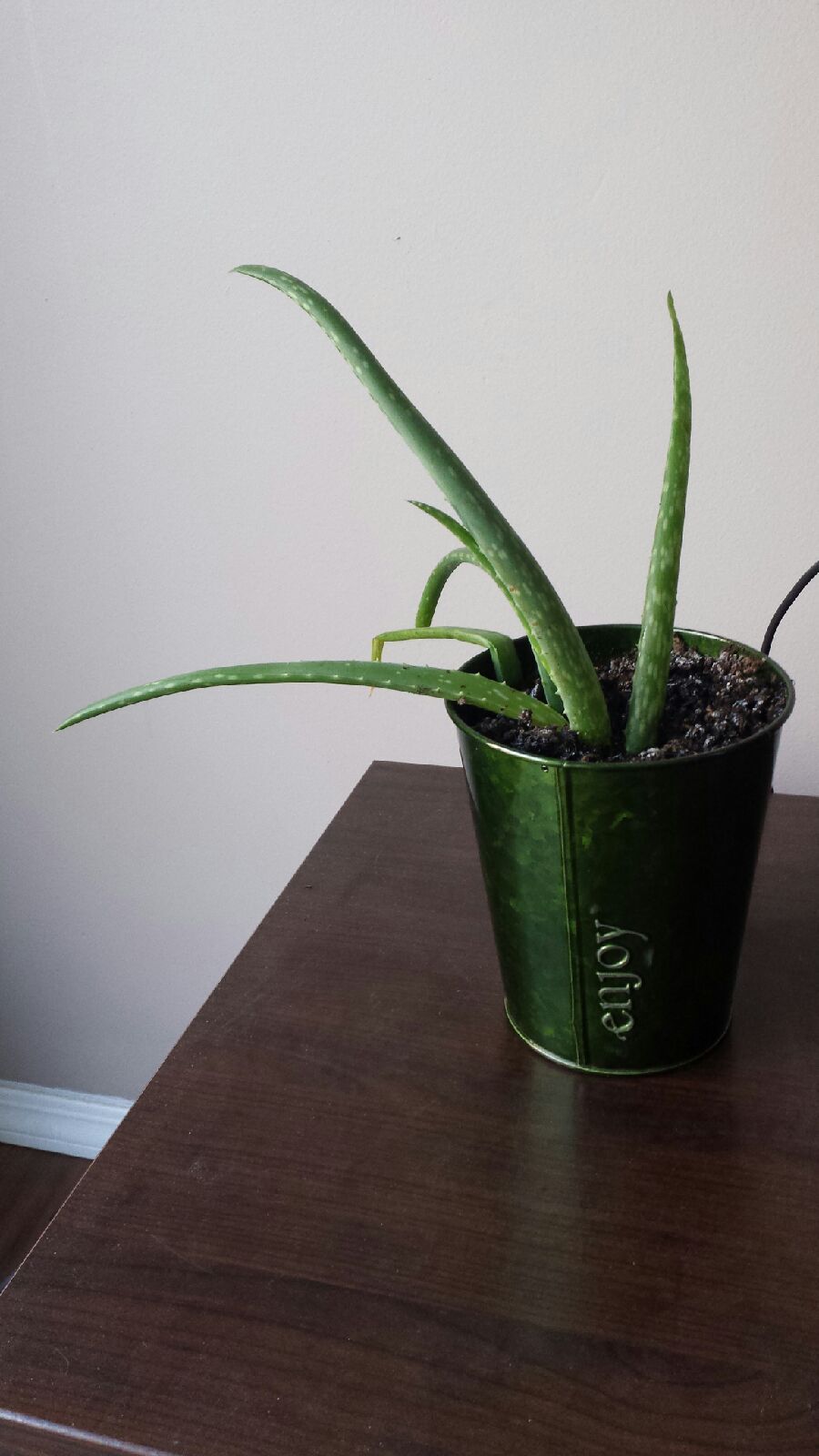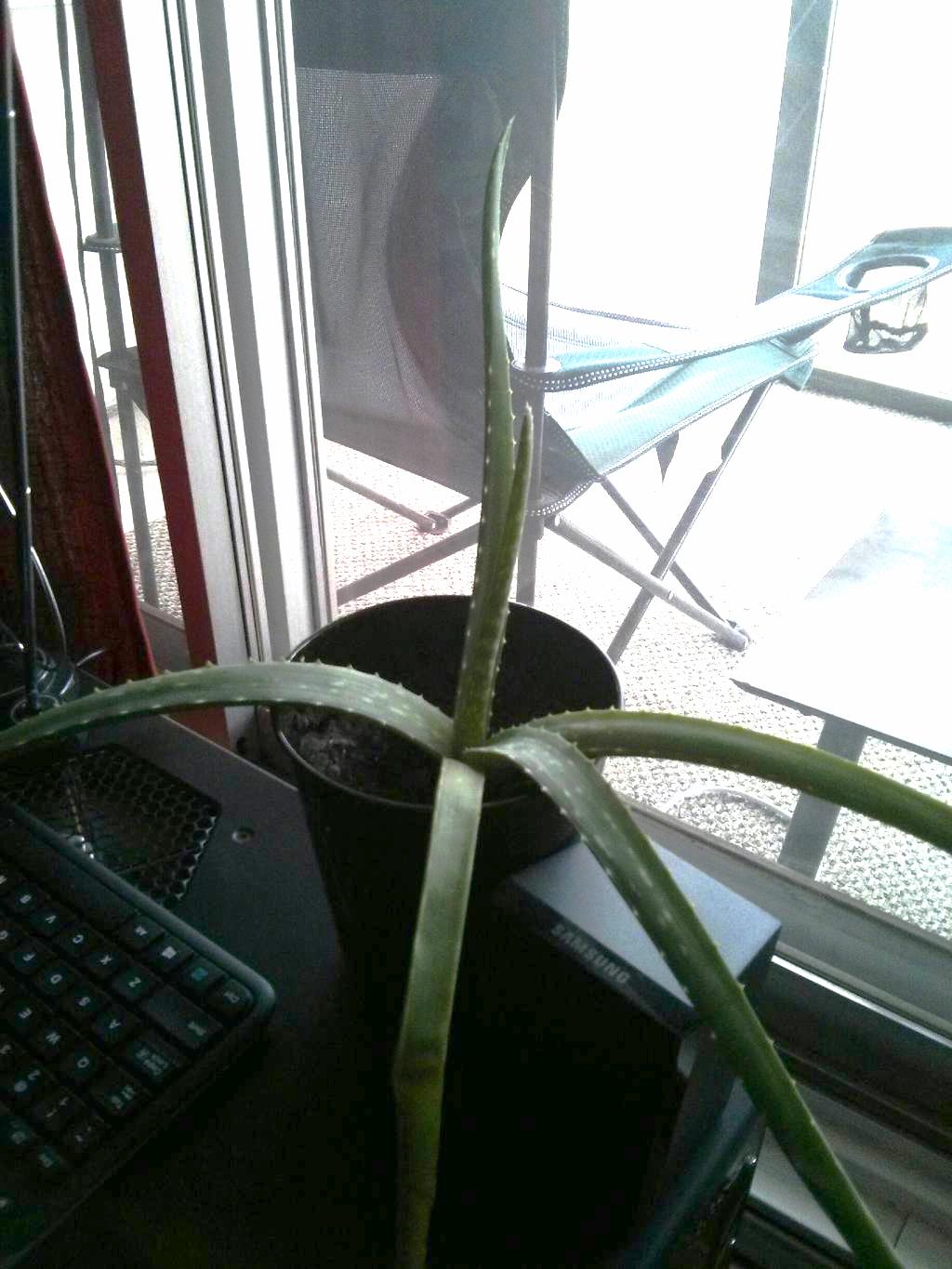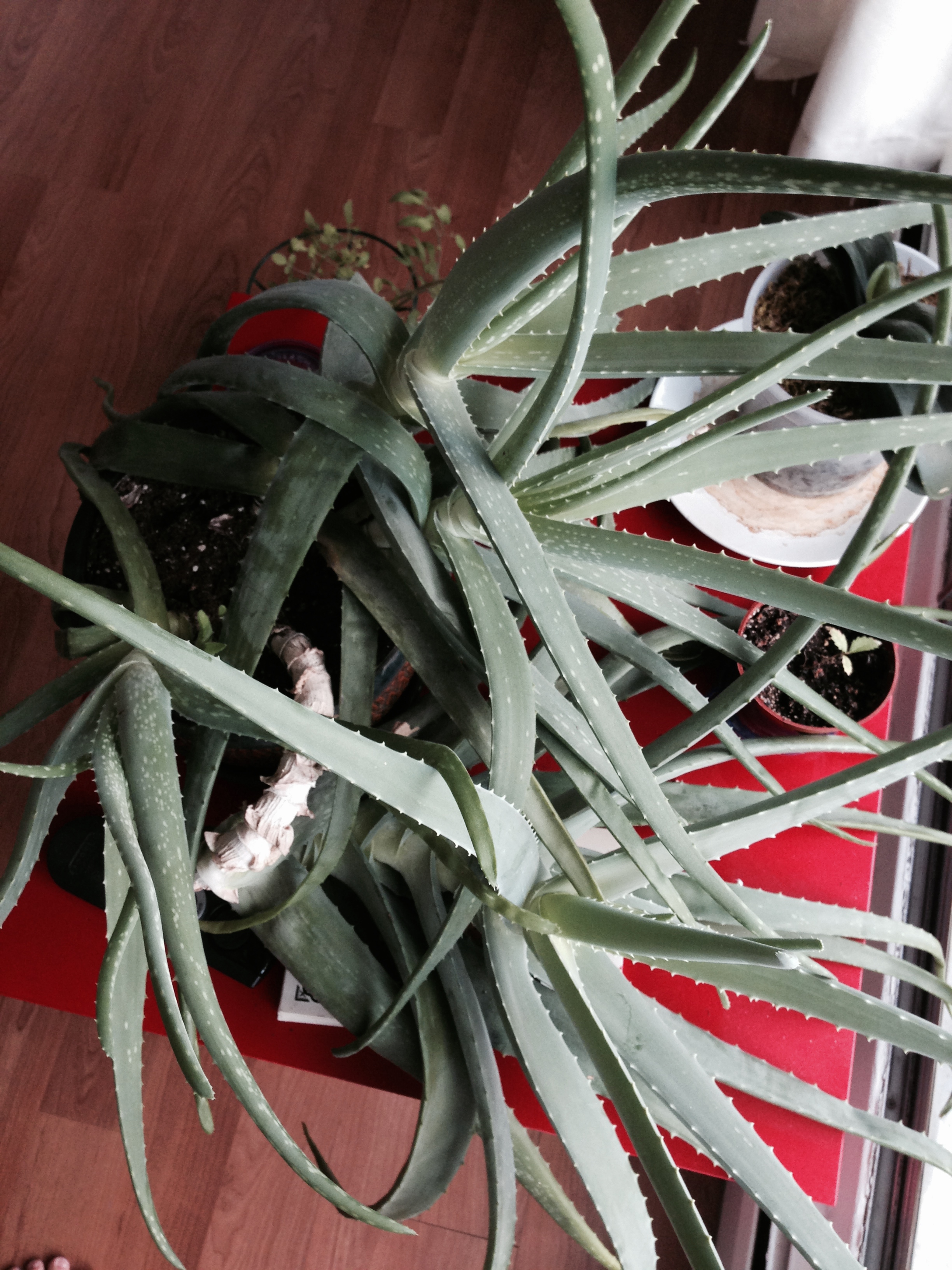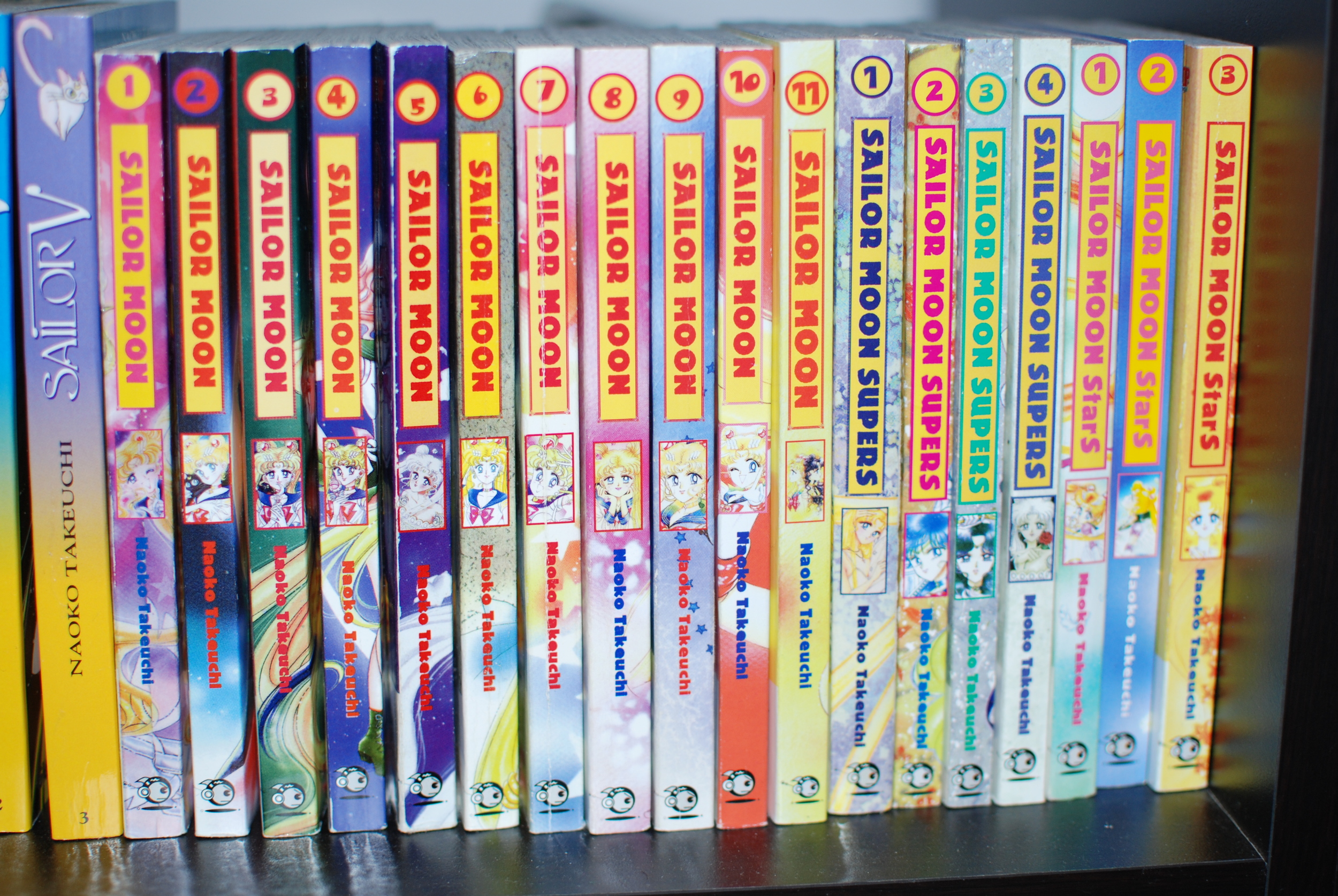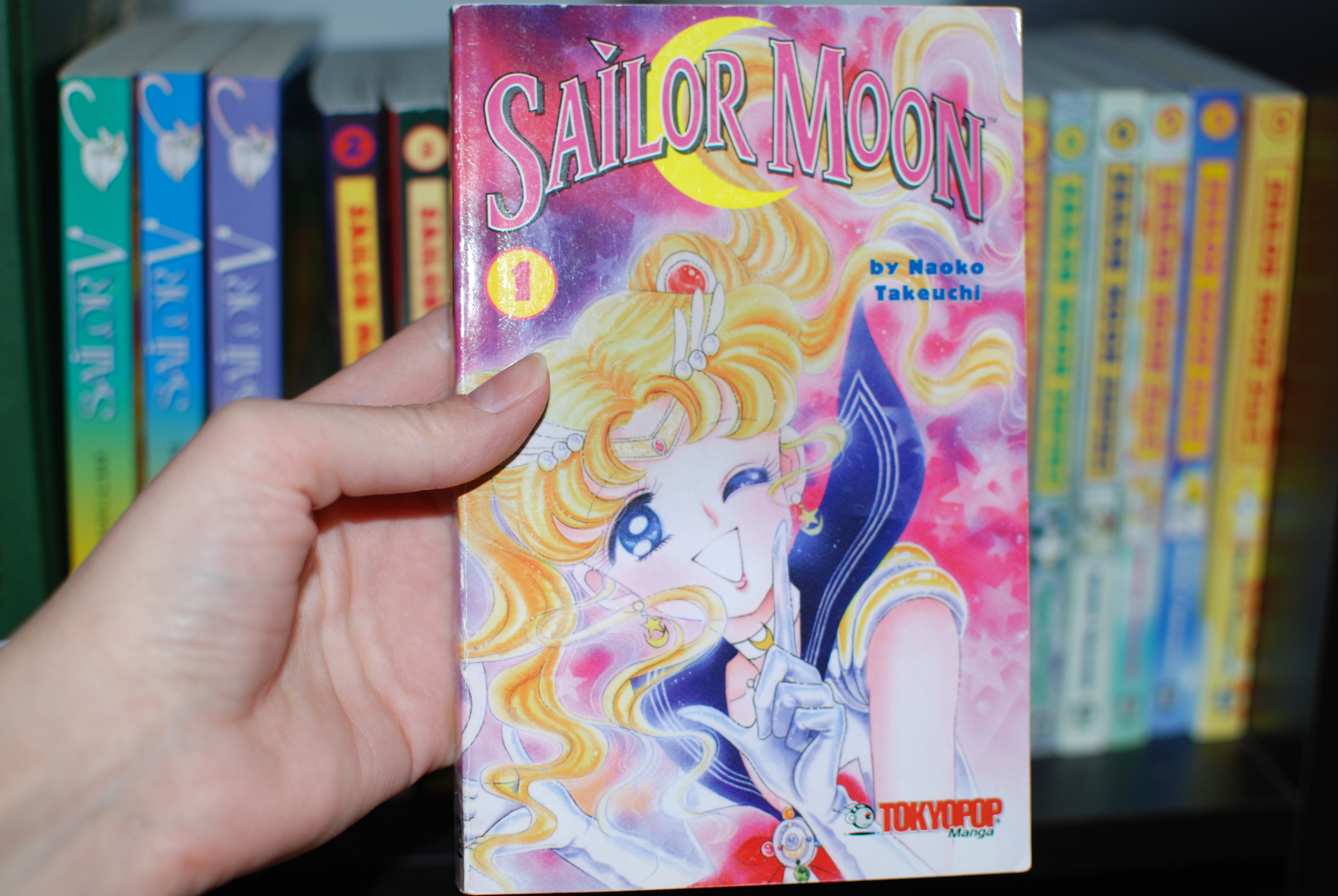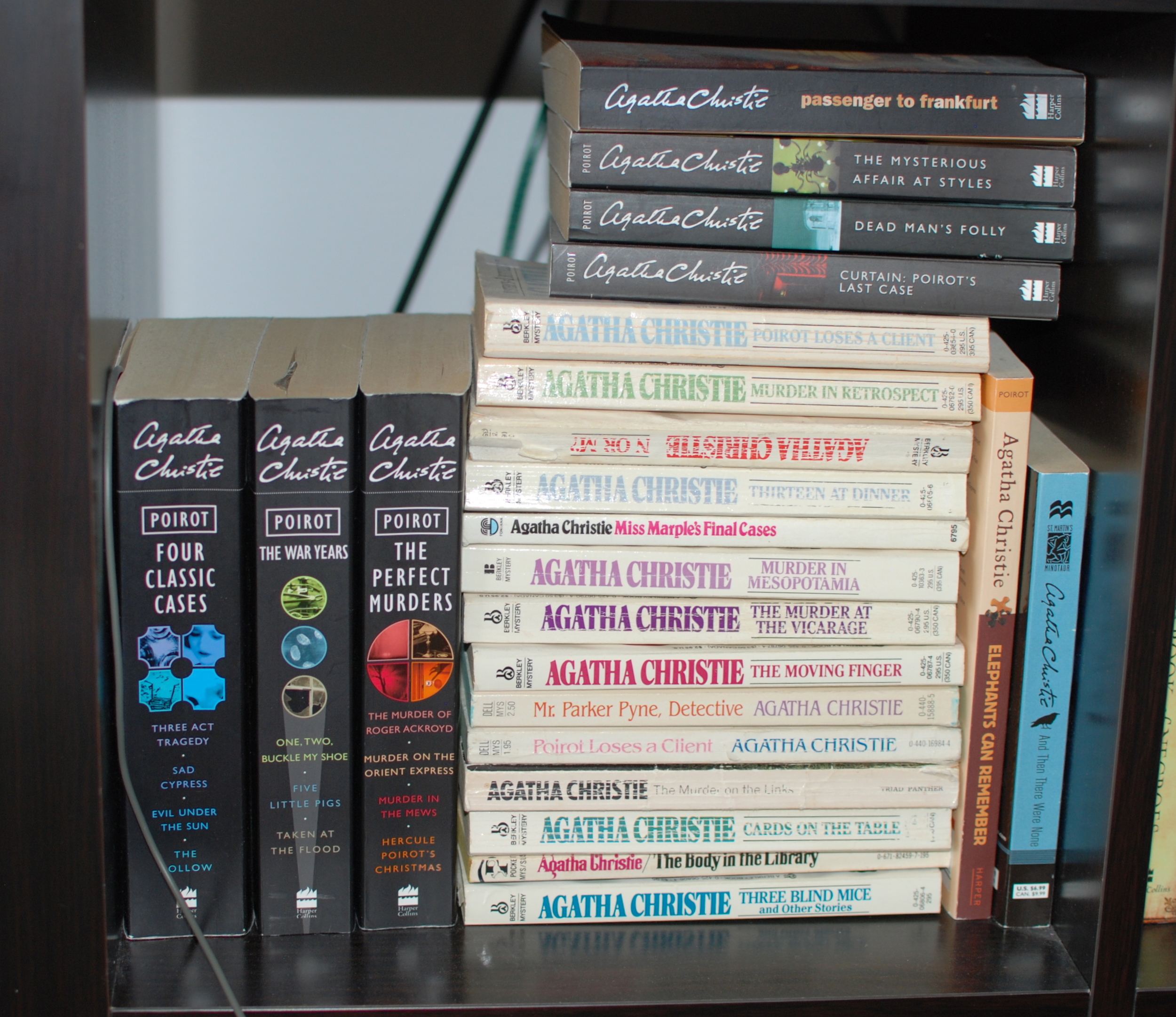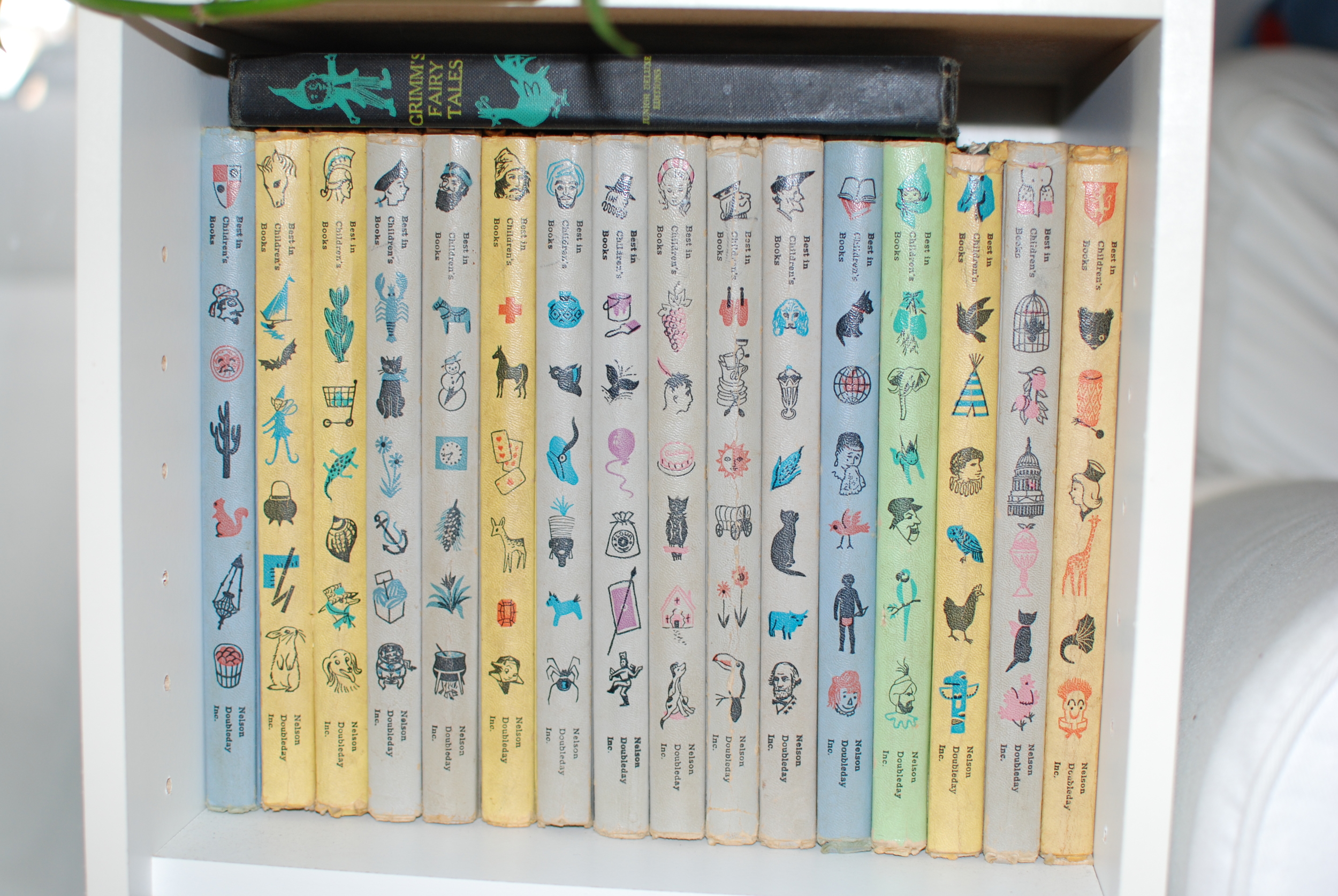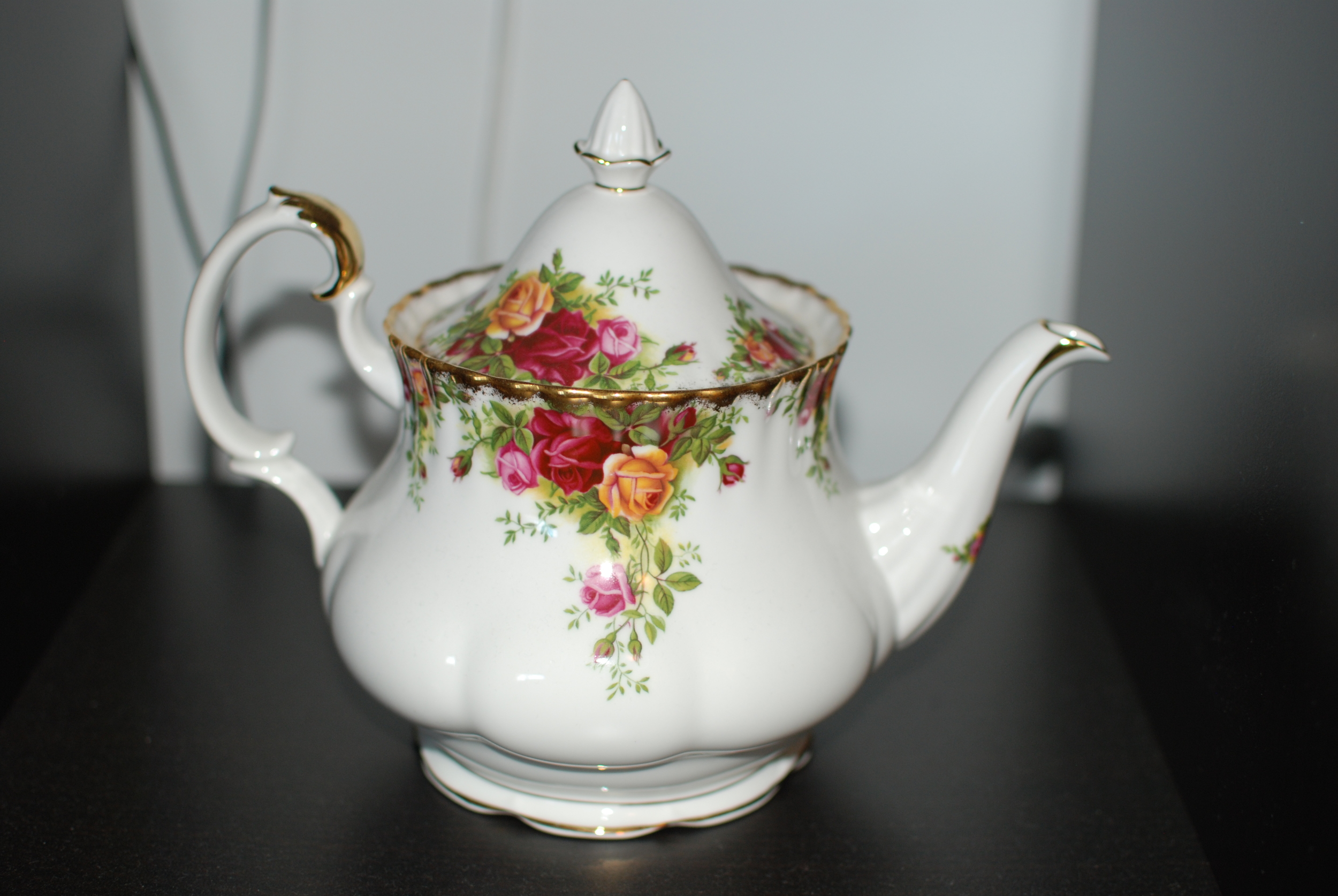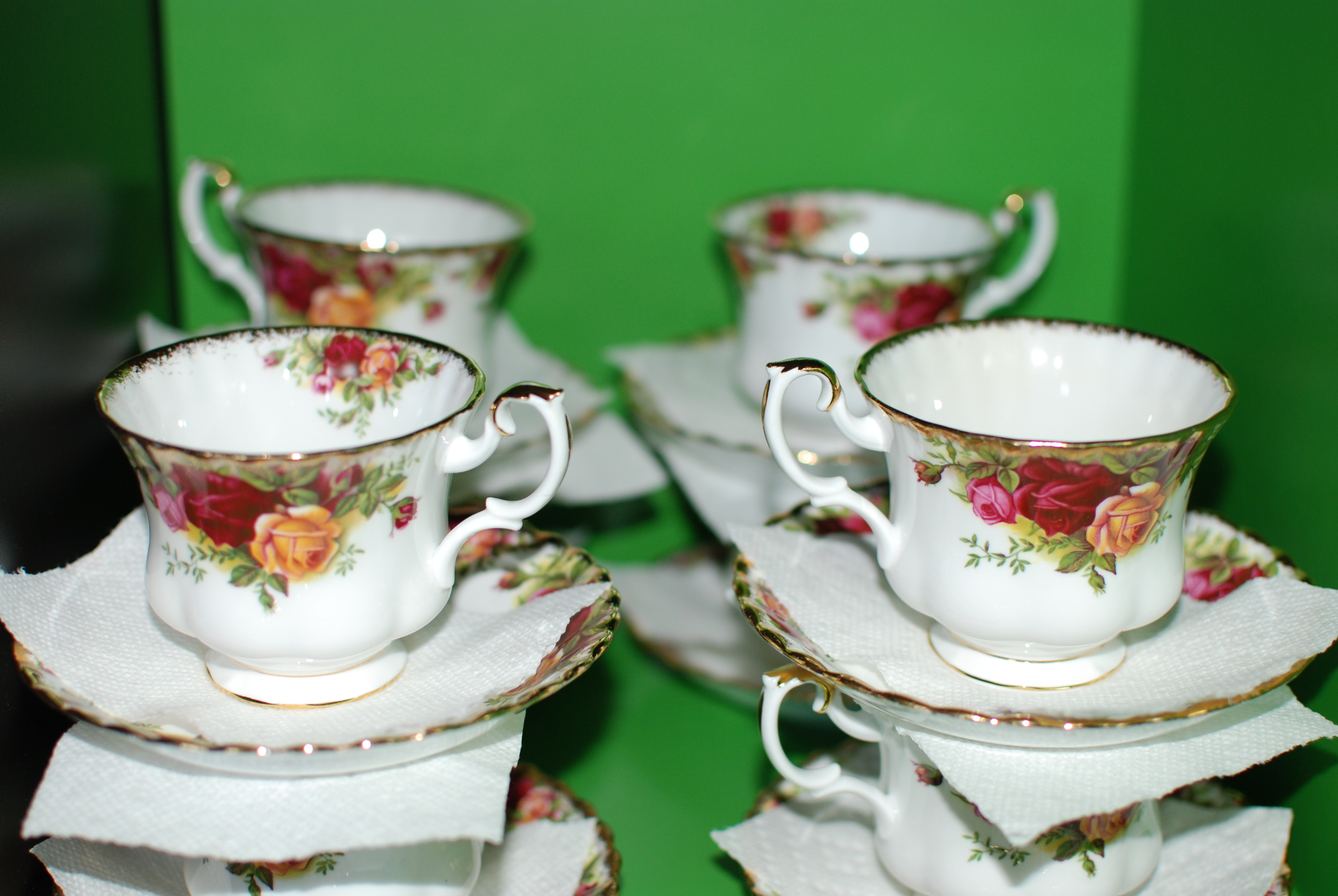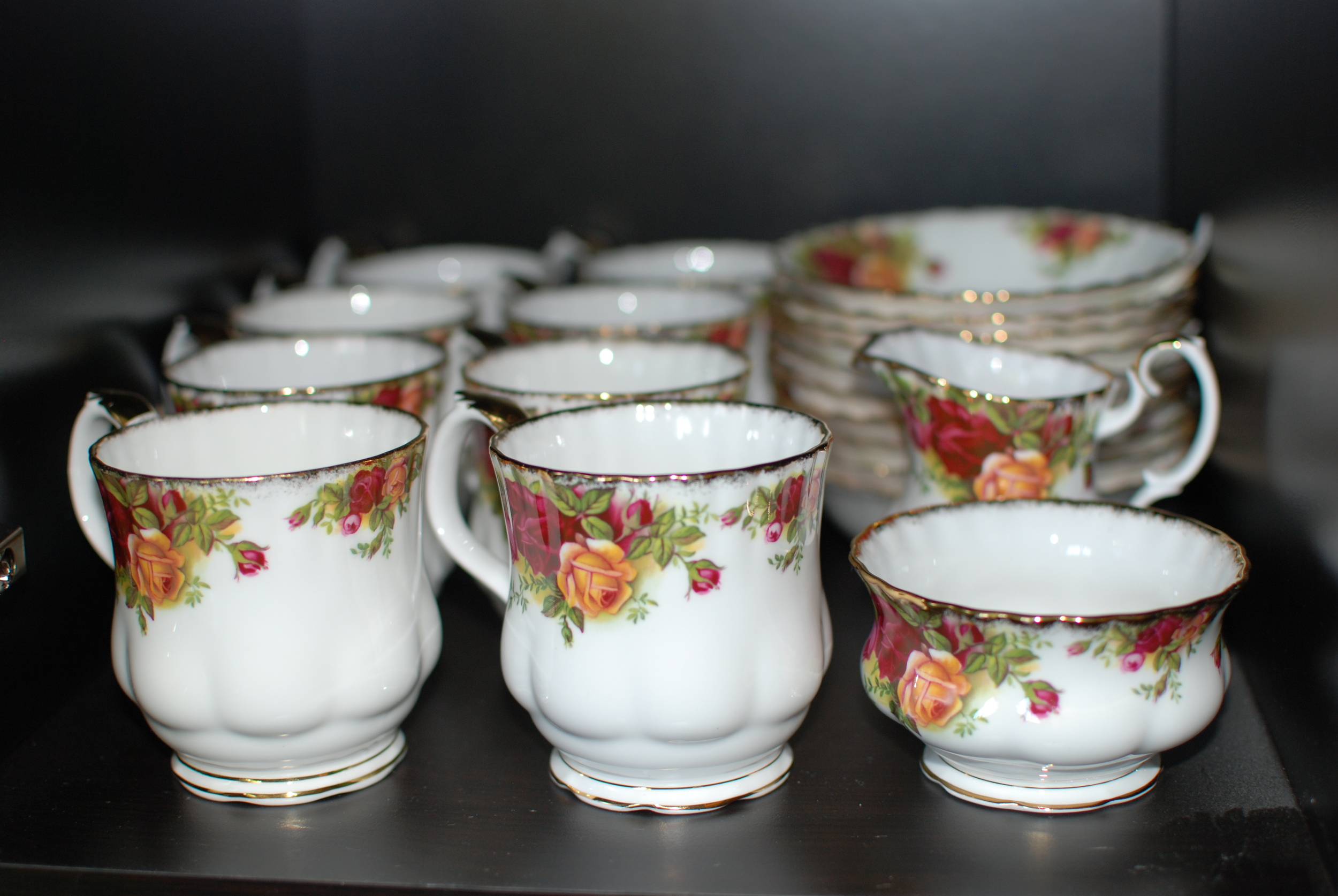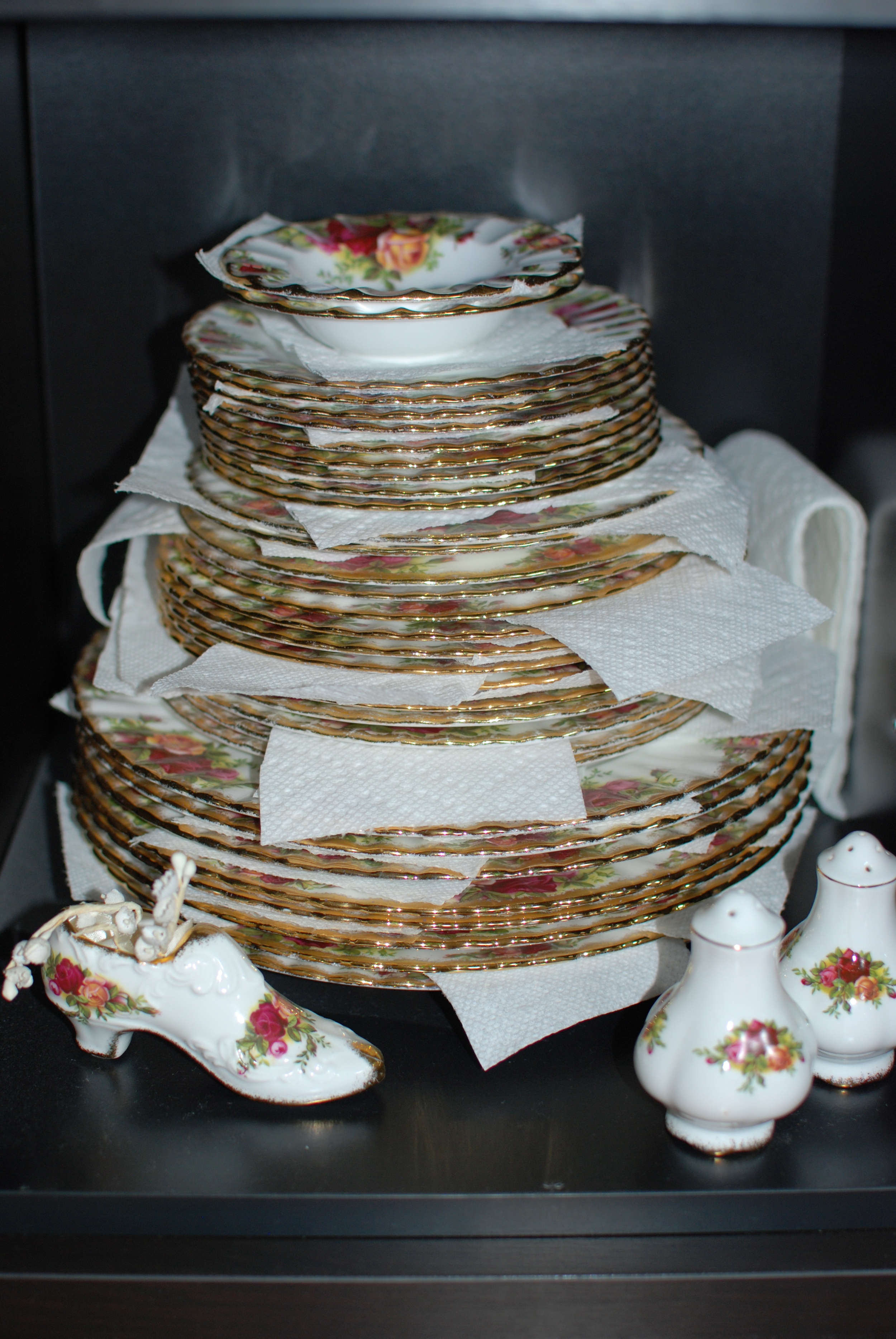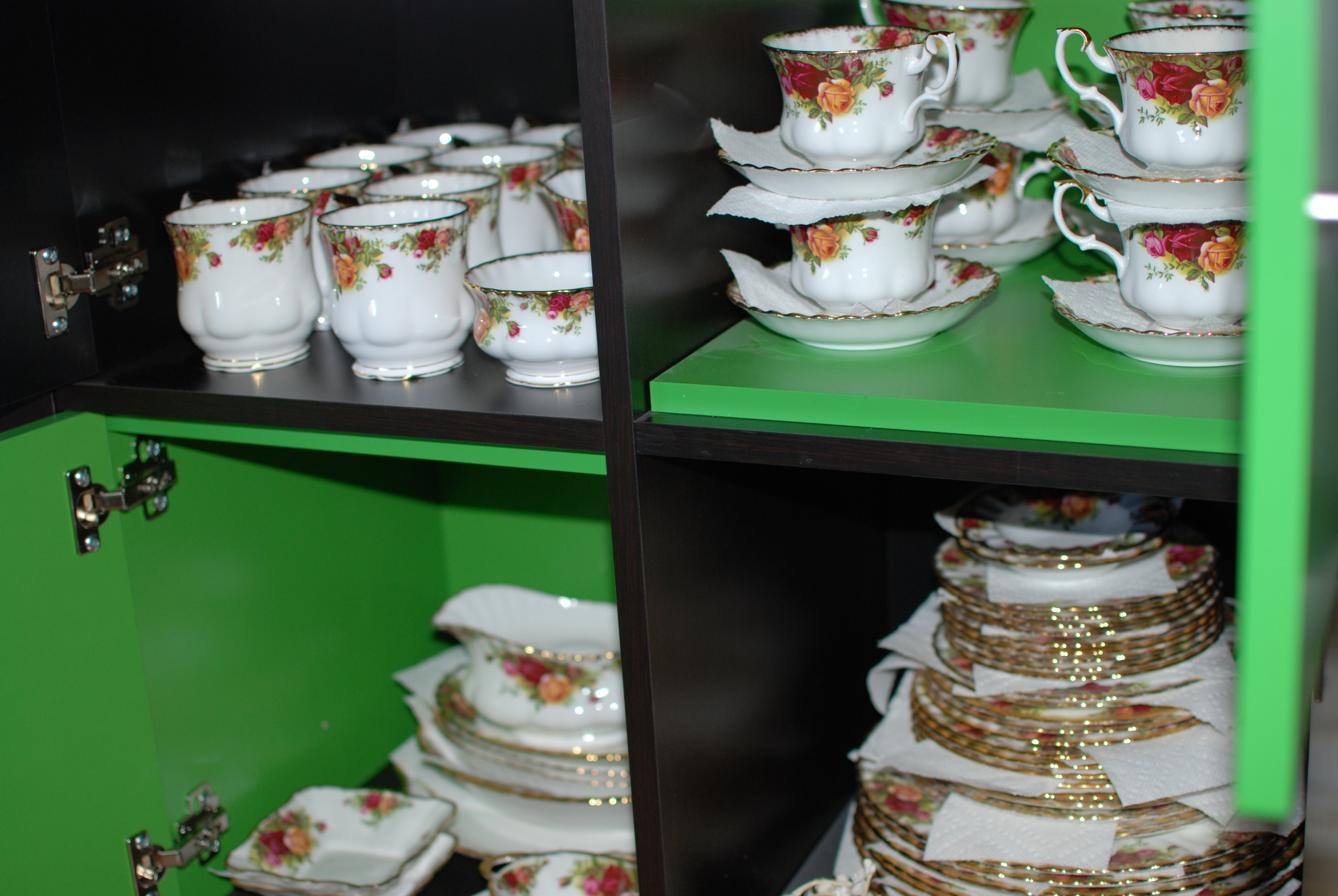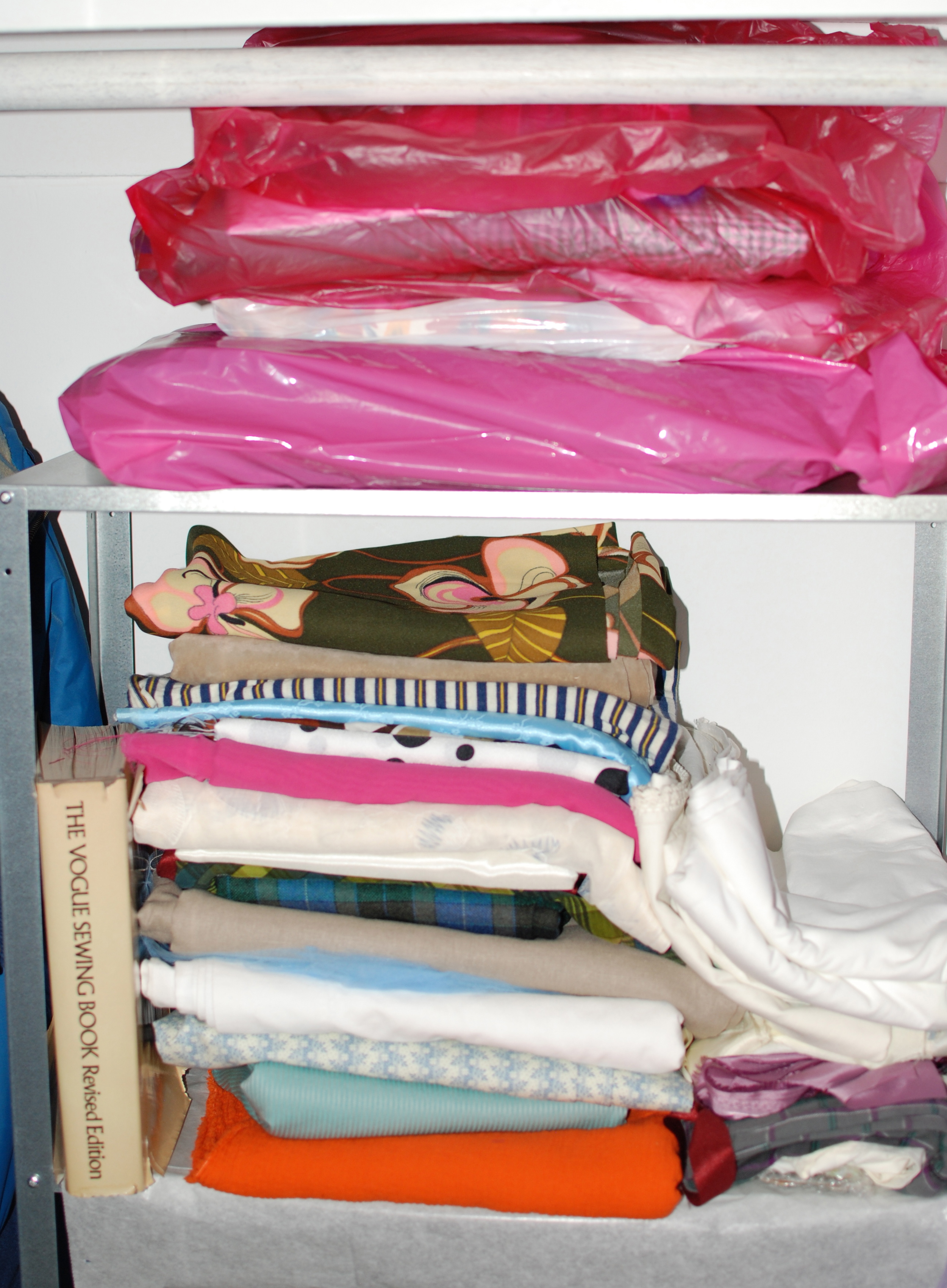Now, having never canned jam before I read up on proper handling and preparing (having a background in Food Science, this was a little terrifying). There is a lot of misinformation out there and most of it is a bit scary. Basically though, pre-preperation is key. To properly can jam, everything has to be hot hot hot. The jars need to be boiled to sterilize them; the jam needs to be boiled; all utensils need to be clean; and a boiling water bath needs to be used to seal the jars.
So, first step, other than the obvious 'get raspberries', is to get jars (I used 250ml), sugar and pectin. I got all these from Canadian Tire, which is super cheap compared to getting the same stuff from a grocery store. Like 50% less. Crazy.
Second step, I washed the jars, lids and screw bands in hot soapy water. After everything was rinsed, the glass jars were placed into a big pot filled with water (cover jars with at least 1 inch water above the top of the jar) and brought to a boil. I placed the lids in a saucepan and heated the water. Not to hot though, temperate enough that you can to put your fingers in the water. I dried the screw bands (kinda... the picture makes them look wet, hah) and set them up so they are easily accessible.
Now that the jars were all prepped, I washed all the utensils in hot soapy water as well. I used a ladle, a funnel and a plastic knife. Next, ingredient prep! I bought Bernardin Fruit Pectin. There are many different kinds of pectin you can buy or you can use the natural pectin in the fruit itself. That process takes longer and as a first time canner I wanted to follow some hard core instructions. I finished the rest of the ingredient prep, measuring out the sugar (7 cups a batch... Mmmm diabetes) and the margarine (to cut down on the foam that rises to the top of the jam after the second boil). Last but not least, mashing up all the raspberries a cup at a time.
That was all the prep! Then it was on to making molten fruit sugar! Bringing the raspberries, margarine and pectin to a boil took a lot longer than I thought, around 15 minutes. And by boil, I mean a rolling boil. Ferocious bubbling, melt your skin off, boil. Carefully, I added the sugar and brought it back up to a boil. Stirred for a minute; then took the pot off the heat.
Now, the rest is all timing. Everything needs to be hot hot hot. I used my life-saving jar grabber and fancy funnel to fill the jars with a ladle, leaving a 1/4 inch head space (extra room at the top of the jar incase the jam expands. You don't want it oozing out of the jar and ruining the seal). Then, after cleaning the rim of the jar with a damp paper towel, I put the lid on the jar (don't touch the underside!), and used a screw band, tightened only till fingertip tight. Fingertip tight means that as soon as you feel resistance to being tightened more, leave it. The screw band is supposed to keep the lid on BUT not too tightly because the air trapped inside the jar needs to be able to sneak out when you boil it. That's how you get a seal. After that, it was back into the boiling water. And repeat.
After all the jars were filled, I boiled them for 15 minutes. This is to bring the jam's temperature past the point that any mirco-organism could survive. Now, the internets doesn't always agree on boiling jars. Also, my Oma doesn't ever process her marmalade. But, a curse of my degree, I would rather be sure that nothing could survive to make anyone sick than not process and be anxious forever. Depending on the altitude, the timing differs. Since I'm above sea level by over 1000m I had to add an extra 5 minutes onto the base 10 minutes.
The rest is easy as watching a pot boil. After the allotted time, I took out the jars, keeping them level, and set them to cool for 24 hours (some people say 12 hours is fine, but meh). About 3 minutes after I took the jars out, a faint popping noise came from each of them. Success! They had all sealed!
It was a good first experience canning. I definitely had to go buy a bigger pot after because it was hard to keep an inch of water covering the jars while they were boiling. I flooded my stove pretty expertly. But hey, I don't call myself the Half-Assed Hobbyist for nothing.
-Andrea
Th Half-Assed Hobbyist

